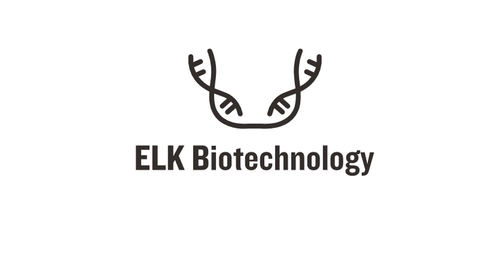Product Description
Mouse Plastin-1 (PLS1) ELISA Kit | AE26924MO | Abebio
Species Reactivity: Mouse (Mus musculus)
Abbreviation: PLS1
Alternative Name: FIMBRIN; Plastin-1; intestine-specific plastin|plastin 1
Application: ELISA
Range: 0.312-20 ng/mL
Sensitivity: 0.115 ng/mL
Intra-Assay: ≤5.3%
Inter-Assay: ≤9.1%
Recovery: 1, 05
Sample Type: Serum, Plasma, Other biological fluids
Detection Method: Sandwich
Analysis Method : Quantitive
Test Principale: This assay employs a two-site sandwich ELISA to quantitate PLS1 in samples. An antibody specific for PLS1 has been pre-coated onto a microplate. Standards and samples are pipetted into the wells and anyPLS1 present is bound by the immobilized antibody. After removing any unbound substances, a biotin-conjugated antibody specific for PLS1 is added to the wells. After washing, Streptavidin conjugated Horseradish Peroxidase (HRP) is added to the wells. Following a wash to remove any unbound avidin-enzyme reagent, a substrate solution is added to the wells and color develops in proportion to the amount of PLS1 bound in the initial step. The color development is stopped and the intensity of the color is measured.
Product Overview: Plastins are a family of actin-binding proteins that are conserved throughout eukaryote evolution and expressed in most tissues of higher eukaryotes. In humans, two ubiquitous plastin isoforms (L and T) have been identified. The protein encoded by this gene is a third distinct plastin isoform, which is specifically expressed at high levels in the small intestine. Alternatively spliced transcript variants varying in the 5' UTR, but encoding the same protein, have been found for this gene. A pseudogene of this gene is found on chromosome 11. The predicted 629-amino acid protein is 86%, 75%, and 73% identical to chicken fimbrin, human T-plastin (PLS3), and L-plastin (LCP1), respectively. I-plastin migrated as a 68-kD protein on Western blots of human small intestine and colon extracts.
Stability: The stability of ELISA kit is determined by the loss rate of activity. The loss rate of this kit is less than 5% within the expiration date under appropriate storage condition. The loss rate was determined by accelerated thermal degradation test. Keep the kit at 37°C for 4 and 7 days, and compare O.D.values of the kit kept at 37°C with that of at recommended temperature. (referring from China Biological Products Standard, which was calculated by the Arrhenius equation. For ELISA kit, 4 days storage at 37°C can be considered as 6 months at 2 - 8°C, which means 7 days at 37°C equaling 12 months at 2 - 8°C) .
 Euro
Euro
 USD
USD
 British Pound
British Pound
 NULL
NULL












